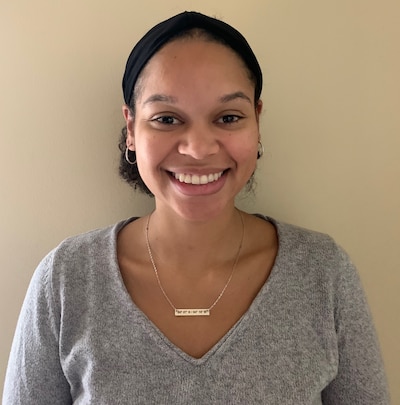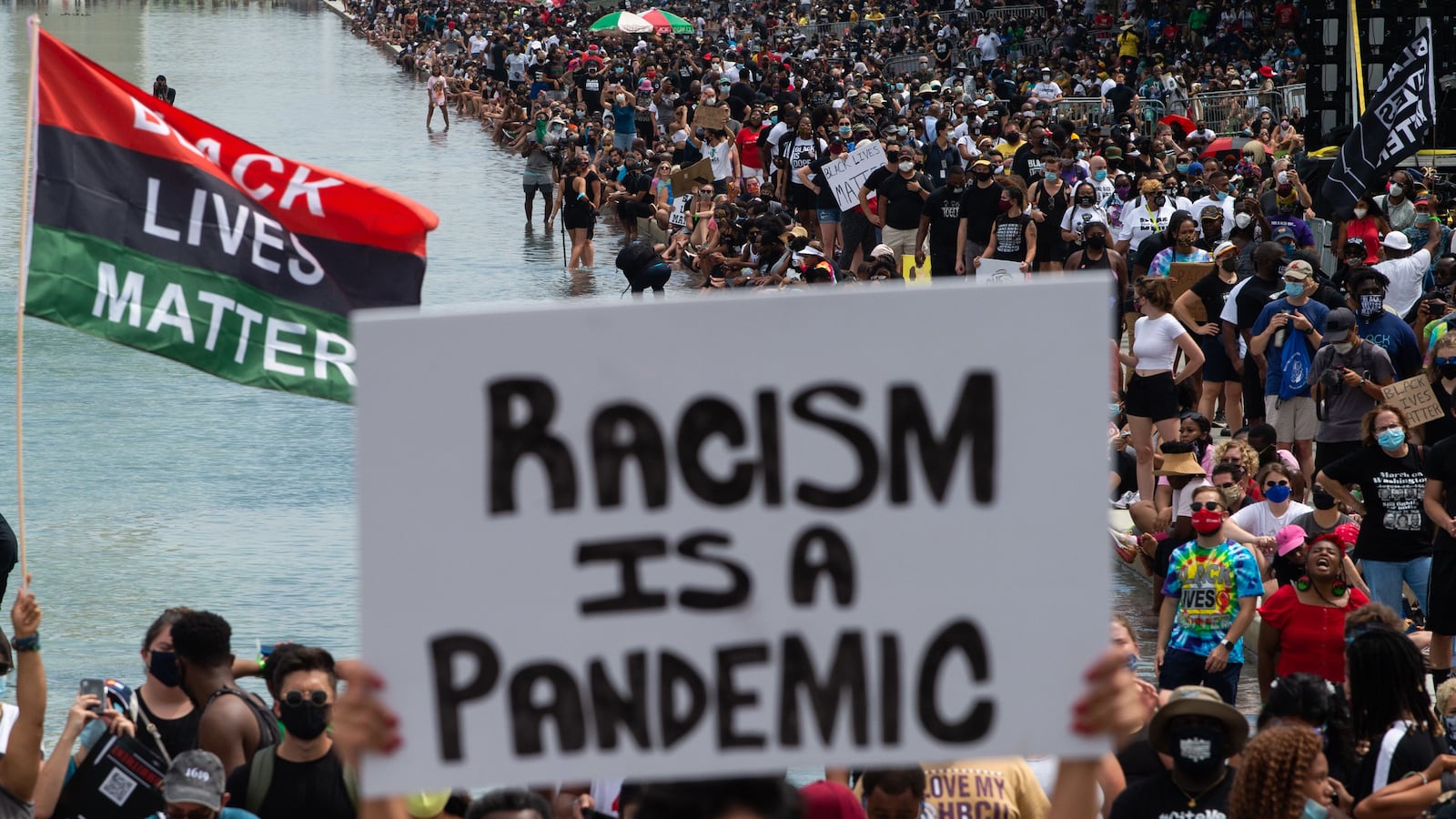Living in a world where white allies are finding new ways to pat themselves on the backs while another Black person is being shot and killed right in front of their eyes is exhausting.
As a first-year teacher in Washington, D.C., I don’t feel like I have the tools to comfort and care for my students. The only tool I do have is my non-white skin, which, as we all know, is no tool at all. Every day, I must unlearn the white supremacist schooling system.

While it’s easy to criticize systems, I’m determined not to leave it at that. Because it’s not enough to claim the mantle of “anti-racist.” It’s an empty phrase if not coupled with the hard work of making our institutions fairer. To that end, here are some steps I believe educators can take to make inequitable, slowly evolving school systems work better for right now.
Too often, curriculums are centered around educating white students, and that needs to change.
A year into teaching, I can already see that the curriculums we are forcing upon our students are not centered around their humanity and well-being. Sure, we read stories with characters they may be able to see themselves in, but this is not enough.
School curriculums should empower and excite students to use what they learn in the classroom in the real world. For example, reading “All Quiet on the Western Front,” a story about German teens going to fight in World War I, doesn’t quite do that for my students. That doesn’t mean that the story isn’t important and shouldn’t be taught to middle schoolers; it just means that the connection to the students — the grand “so what?” is often missing.
One way that I make my mandatory curriculum work for my students is to bring relevant texts and experiences to support the anchor text. While my students may not see themselves as German soldiers, many of them have experience playing video games that simulate war. Giving students the chance to make this connection motivated them to read on and see what overlap existed between the pages and their PlayStations.
It’s OK to forgo the ‘do now,’ sometimes.
This past January, after a violent, pro-Trump mob stormed the U.S. Capitol, just blocks away from where some of my students live, I didn’t mention it in class in the days that followed. As much as I wanted to debrief with my students and give them the space to talk about what had happened, I didn’t know how to do it.
There’s an illusion of a disconnect between school and the “real world,” but the real world doesn’t stop being painful or hard just because you log into class or walk onto campus. It’s unfair to ask students to carry on as usual after potentially traumatizing events. Systems cannot be fixed when we do not create room to discuss, grieve, and problem-solve.
Remaining silent and acting as if things never happened exacerbates the feelings of hopelessness that are unfortunately very common in our society. Forgoing an academic “do now” for a necessary and uncomfortable conversation will never be as damaging as forgoing the conversation itself. I wish I realized this earlier and something I regret not having done in the days after Jan. 6. Sometimes that means skipping that reading quiz and using the time to process, connect, and strategize.
Students should be given the opportunity to take part in instruction. Our lessons should center students.
In my classroom, students sometimes tune out because they are way too used to hearing the teachers being the ones talking at them. Lately, I’ve been having students lead small parts of the class. One of my students produced an amazing writing response that we wanted the rest of the class to see as an exemplar. So we had her review it with her classmates and explain her thought process.
My students got more out of a classmate explaining the paragraph than they would have if their teachers had been the ones doing the talking. I also got a window into how some of my students analyze the work I’ve given them. When educators take a step back and hand their title over to their students, they are sure to learn a thing or two. This exercise also allows students to center themselves in their work and see it as valuable to others.
Being an urban educator when it’s barely shameful to display white supremacist notions makes me realize that while I can never be the perfect teacher, being mindful of what it means and looks like to embody anti-racism will bring me ever closer.
Ayana Dudley is a first-year teacher in Washington, D.C. She is pursuing her master’s in education at Johns Hopkins in partnership with Urban Teachers. She has a passion for cooking, art, and working with middle school students. One day, she hopes to work in education policy and reform — with the goal of creating and sustaining equitable classrooms.



